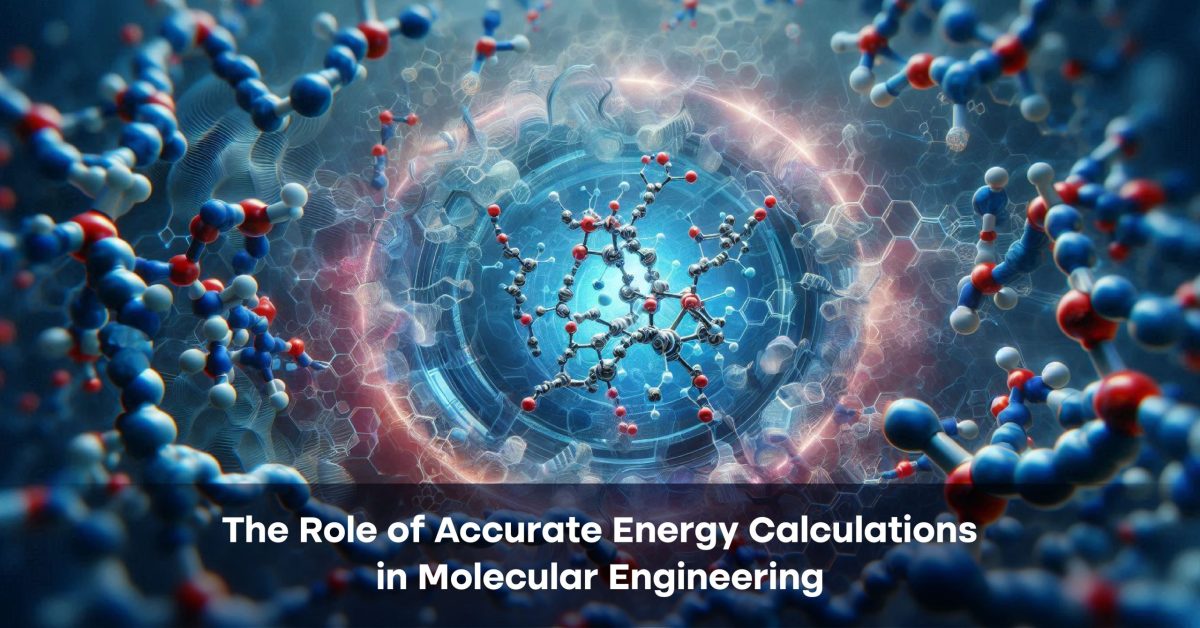In molecular engineering, it is very important to have the exact energy calculations in order to characterize the real energetic properties of a molecule with its state and shape. Such calculations are significant as well as useful for the prediction of what happens when molecules interact and react or change due to various conditions. They play a critical role in the design and synthesis of a new product, chemical drug, or material with desired properties. Calculations of energy form a significant part of optimizing reactions with reduced waste and more efficiency in molecular systems. Quantum mechanics and computational chemistry must be used in simulating and analyzing the atomic-level behavior of molecules.
Molecular engineering is such a field of science that rapidly evolves. Therefore, it lays in the capability to predict and regulate the interactions between molecules by their energetics. Such interactions constitute the nucleus of novel material, pharmaceutical, and energy-type solutions designed, they are to shape several fields from biotechnology to the environmental sciences. In simple words, at the molecular level, the correct computation of energy forms the basis of engineering science. This in turn means that innovative research by scientists and engineers becomes increasingly precise and efficient in all things. This blog goes on to the stages at which such calculations influence progress within the discipline, from stability within the molecule, through effectiveness for drugs, to even the creation of sustainable materials.
Energy Calculation in Molecular Science
Understanding and forecasting molecular interactions to control desired properties and functionalities lies at the core of this question. Regardless of the path taken in the discovery of a new drug, the development of advanced materials, or the engineering of better catalytic processes, it is evident that the molecular interactions underpinning these inventions determine their effectiveness and functionality. So, doing the right energy calculations at every step of a synthesis is very important for understanding what is happening with molecular interactions because they show how the energy changes during each molecular reaction or transformation.
